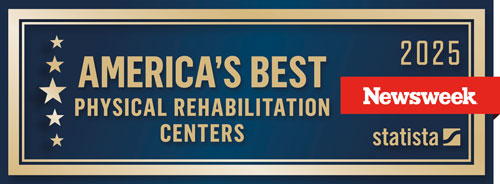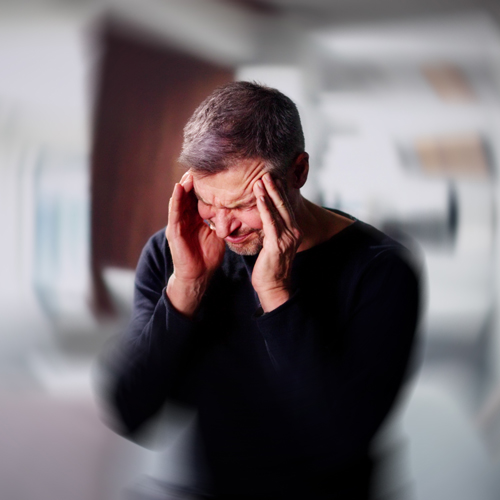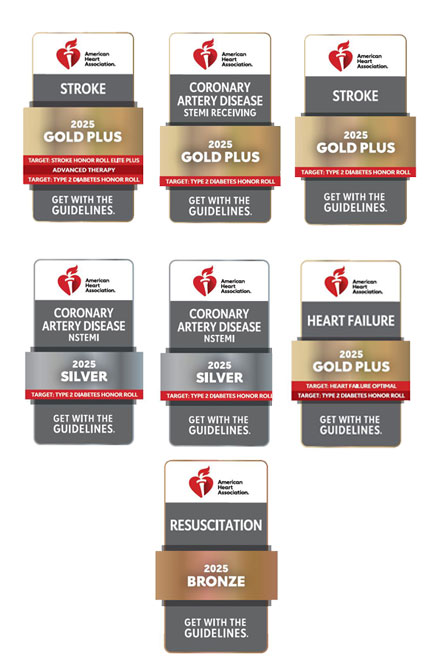
Crown Point resident Julie Gaski says ZeroG technology has restored her confidence in walking. For two years following a stroke that rendered her left hand and foot immobile, she couldn’t walk and had an overwhelming fear of falling.
“The ZeroG gives your body a different feeling of ‘I can do this!’ Gaski says. “It’s amazing to stand on my own again after two years. It’s a wonderful thing.”
ZeroG is a robotic bodyweight support system. Patients wear a specialized harness that connects to the ZeroG robot as it supports and tracks their movements from above. ZeroG helps the patient practice walking, complete balance exercises and work on position changes such as sitting to standing and even stairs. The ‘reduced gravity’ environment is an advanced feature that supports balance while preventing falls.
ZeroG is mounted to an overhead track, so there are no barriers between the patient and therapist. With ZeroG, patients can begin rehabilitation in a safe, controlled environment.
“ZeroG gives our patients the safety and confidence to practice functional, real-world balance and walking activities,” says Amy Castillo PT, director of Therapy Services. “We believe the use of ZeroG technology will help our patients accelerate and maximize recovery.”
ZeroG can support up to 450 pounds and is used in a variety of diagnoses including stroke, traumatic brain injury, spinal cord injury, amputation, cerebral palsy and other orthopedic and neurological conditions. The therapist secures the individual into a comfortable harness, attaches it to the ZeroG robot and therapy can begin.
The amount of support is customized for each person depending upon the level of their ability and can be increased or decreased with the touch of a remote button. Support can be set to offload the person’s weight by up to 200 pounds, making them feel lighter in a ‘reduced gravity’ environment. This allows them to undergo therapy at higher intensity levels sooner after injury or illness. As the individual progresses, the support can be decreased so the person does more under their own capabilities.
“For patients’ recovering from a stroke, like Julie, who cannot feel or have impaired awareness of where their foot and leg are when standing or walking, their perception and safety of daily mobility may be altered or compromised,” explains Jacob P. Virgo, DPT, clinical specialist. “The ZeroG allows for more intensive and task-specific training that may not be feasible outside of the support system. It gives therapists and patients the confidence and means to push the limits of what is possible, and allows the patient to progress to that next level of independence and safety.”
For more information about rehabilitation and outpatient therapy services available at Community Hospital in Munster and the Community Stroke and Rehabilitation Center in Crown Point, visit COMHS.org/services/therapy-services.


